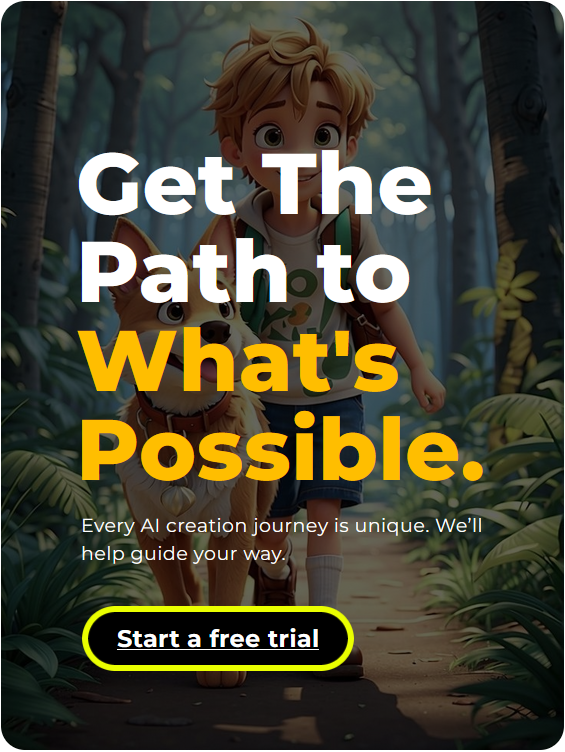Crafting a story? The right perspective can make or break it. First Person vs Third Person: A first-person narrative throws readers directly into the character’s mind, while third-person offers a wider view. But which is better? Choosing the correct point of view (POV) is a common struggle for writers. Therefore, this guide breaks down everything you need to know.
Picking the right POV impacts reader engagement and the overall story. For instance, a study showed that readers connect more deeply with first-person narratives in emotional stories. So, we’ll explore the strengths and weaknesses of each, helping you make the best choice.
This article covers:
- Defining first and third person.
- Exploring the benefits of each POV.
- Showing examples of each perspective.
Defining First Person vs Third Person
First person puts the reader inside a character’s head. In other words, the narrator is a character in the story. They use “I,” “me,” and “my” to tell the tale. For example, “I walked down the street, the rain soaking my coat.” This POV offers intimacy and immediacy. But it limits the reader to one perspective.
Third person, on the other hand, steps back. The narrator is outside the story. They use “he,” “she,” “it,” and “they.” For instance, “She hurried down the street, oblivious to the downpour.” This POV gives a wider view. Consequently, you can explore multiple characters’ thoughts and actions.
There are two main types of third person: limited and omniscient. Limited third person focuses on one character’s perspective. Similarly to the first person, it restricts the reader’s knowledge. Omniscient third person, however, knows everything. The narrator can access any character’s thoughts and feelings. Therefore, it offers the greatest flexibility.
Quick Comparison of First Person vs Third Person:
- First Person: “I felt the cold rain on my face.”
- Third Person Limited: “She felt the cold rain on her face.”
- Third Person Omniscient: “She felt the cold rain on her face. He, meanwhile, was worried about being late.”
This difference is key. It impacts how readers connect with your story. So, choosing the right POV is crucial. Moreover, it affects the kind of story you can tell.
Exploring the Benefits of Each POV
Each POV offers unique advantages. Therefore, understanding these benefits is key to picking the right one. Let’s start with the first person.
First-Person Perks
- Deep Connection: First person creates a strong bond with the reader. Similarly, it feels like they’re experiencing the events firsthand.
- Emotional Impact: This POV amplifies emotions. For instance, fear, joy, and grief feel more intense when experienced through “I.”
- Unique Voice: First person allows for a distinct narrative voice. That is to say, the character’s personality shines through their words.
Third-Person Advantages
- Broad Scope: Third person offers a wider perspective. Consequently, you can explore multiple storylines and character arcs.
- Flexibility: This POV lets you move between characters’ thoughts. In other words, you can reveal secrets and build suspense.
- Objective View: Third person can create a sense of distance. Therefore, it’s useful for analyzing events or presenting a larger picture.
Example: Imagine a mystery. First person could create suspense by limiting the reader’s knowledge to the detective’s clues. On the other hand, third person could reveal the killer’s plans, building tension in a different way.
Pro Tip: Need help perfecting your chosen POV? Arvin, the AI writing assistant, can help. For example, Arvin’s grammar checker can catch inconsistencies in your narrative voice. Above all, it ensures your writing is clear and consistent. This is especially helpful when dealing with the nuances of first and third person.
Choosing the right POV depends on your story. In short, consider what you want your readers to feel. Moreover, consider what information you want to reveal.
Examples of First Person vs Third Person
Seeing examples in action clarifies the difference between First Person vs Third Person. Therefore, let’s look at a short scene written in both POVs.
First Person Example
I woke with a start. My heart pounded in my chest. The room was dark, but a sliver of moonlight peeked through the curtains. I sat up, listening. A floorboard creaked downstairs. Fear gripped me. Was someone in the house? I grabbed the lamp from my nightstand.
Third Person Limited Example
She woke with a start. Her heart pounded in her chest. The room was dark, but a sliver of moonlight peeked through the curtains. She sat up, listening. A floorboard creaked downstairs. Fear gripped her. Was someone in the house? She grabbed the lamp from her nightstand.
Third Person Omniscient Example
She woke with a start. Her heart pounded in her chest. The room was dark, but a sliver of moonlight peeked through the curtains. Unbeknownst to her, a small raccoon had just scampered across the kitchen floor. She sat up, listening. A floorboard creaked downstairs. Fear gripped her. Was someone in the house? Meanwhile, her husband slept soundly in the next room, completely unaware of the commotion. She grabbed the lamp from her nightstand.
Analysis
Notice the difference? In first person, we’re inside the character’s experience. Similarly, we feel her fear directly. In third-person limited, we’re still close to her perspective. However, we’re observing from the outside. Finally, in third-person omniscient, we gain access to information the character doesn’t have. Therefore, we see the bigger picture.
Example in Literature:
- The Hunger Games (Suzanne Collins) uses the first person. Consequently, we experience Katniss’s struggles intimately.
- Pride and Prejudice (Jane Austen) uses third-person omniscient. Therefore, we understand the thoughts and feelings of multiple characters.
These examples show how POV shapes the reader’s experience. In short, it impacts how we connect with the story and its characters. Furthermore, it affects the kind of story you can tell.
Write Your Story Your Way With Arvin
Choosing between the first and third person is a key decision for any writer. Each POV offers distinct advantages, shaping how your story unfolds and how readers connect with your characters. Therefore, consider your story’s needs and choose the perspective that best suits your vision.
Key takeaways on first person vs third person:
- First person creates intimacy and emotional depth.
- Third person provides flexibility and a broader scope.
- Limited third person offers a balanced approach.
- Omniscient third person allows for maximum control.
No matter which POV you choose, Arvin can be your writing companion. For instance, Arvin’s grammar check ensures your narrative voice is consistent and clear, a crucial aspect of both first and third person.
Similarly, if you’re writing a story that involves different cultures or languages, Arvin can translate your writing, which is a great way to expand your reach. In short, Arvin helps you write with confidence, no matter your perspective.
FAQs About First Person vs Third Person
What are 1st, 2nd, and 3rd person examples?
- 1st Person: I went to the store. My car is red.
- 2nd Person: You went to the store. Your car is red. (Less common in fiction; often used in instructions or “choose your own adventure” stories.)
- 3rd Person: He/She/They went to the store. His/Her/Their car is red.
What’s the difference between first person and third person?
First person uses “I” and puts the reader directly into a character’s experience. On the other hand, third person uses “he,” “she,” “it,” or “they” and observes from the outside. Therefore, the first person is subjective, while the third person is more objective.
What is 4th person POV?
There’s no widely recognized “4th person” POV in traditional narrative. The term sometimes pops up in experimental writing. However, it doesn’t have a standard definition. In short, stick to first, second, and third for most writing.
Why do authors write in the 3rd person?
Authors choose third person for several reasons. For example, it offers flexibility. It allows them to explore multiple characters or present a broader view of the story. Furthermore, it can create a sense of distance, which is useful for certain types of narratives. In addition, it’s a great way to build suspense and reveal information gradually.






